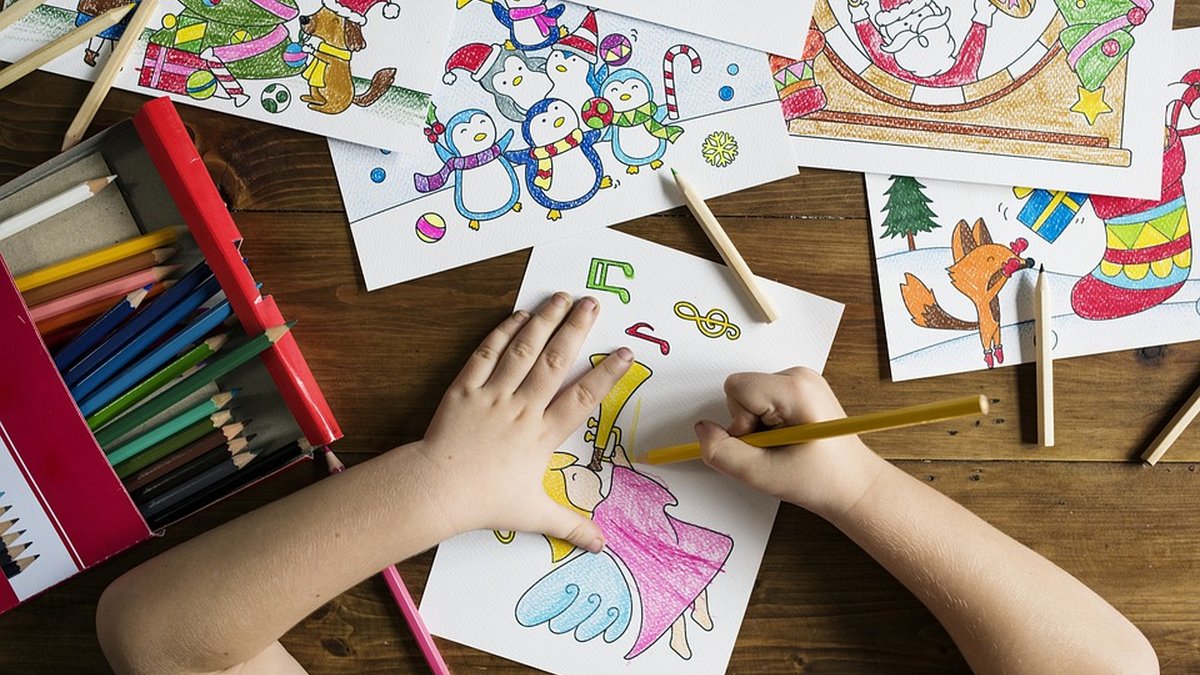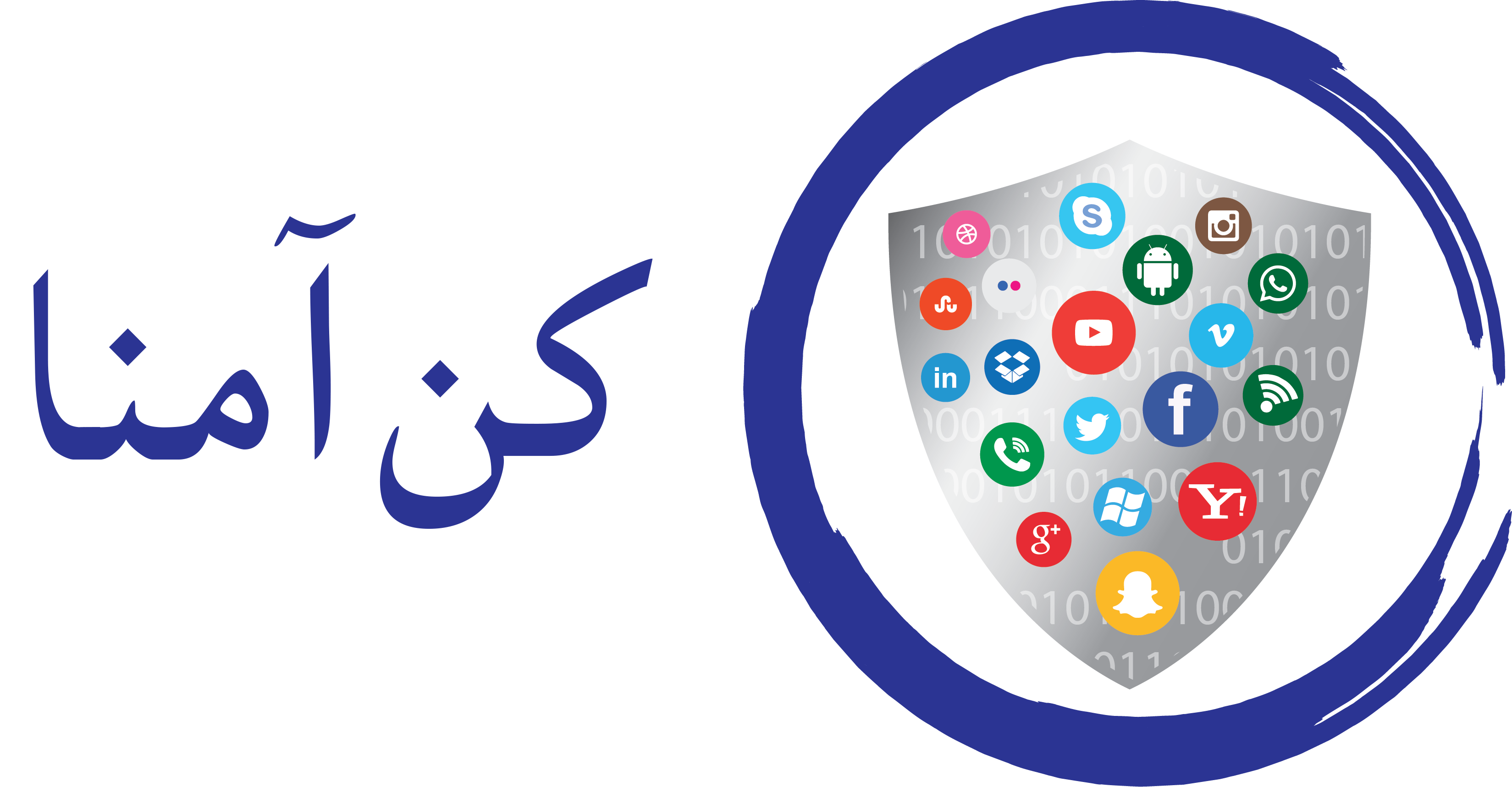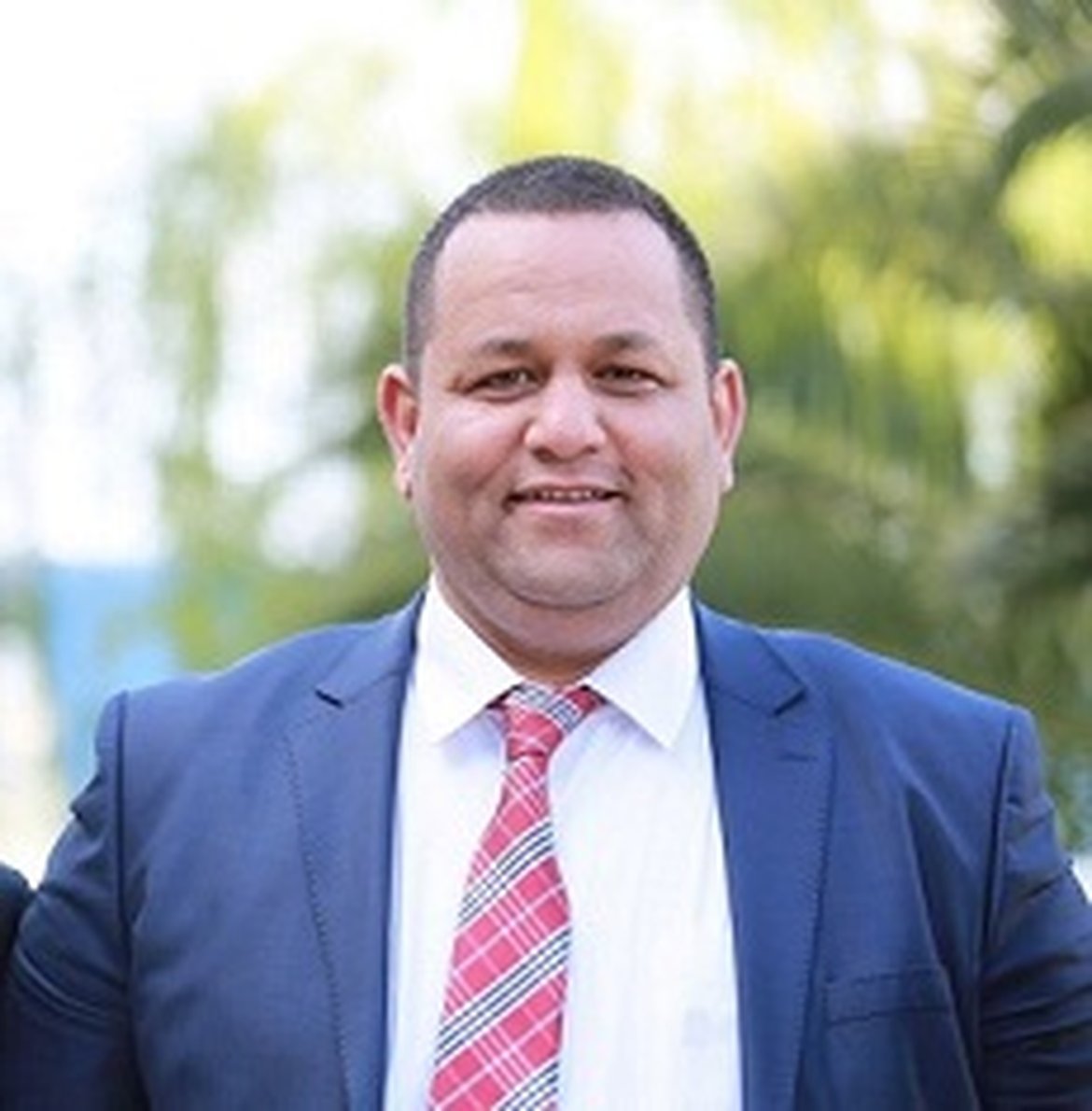
The appropriate content for children:
A content is categorized for two types, the appropriate content and the inappropriate one. In this Article, we are going to talk about the good content which appears as video, image, text or software.
What makes the process of sticking to the use of proper content and avoiding the improper ones even more difficult is the existence of proper and improper contents nearly in the same plate. This makes it essential for the user to be cautious in choosing the favoured content and leaving the improper one. For example, images on Google website, videos on Youtube and Facebook, as well. This also apply for software and entertaining games which proper and improper content exist in an electronic store.
The basic purposes that electronic proper content achieves generally:
- Education and learning
- Education in useful topics like health, environment, literature, arts, sport and others
- Connection with known persons in reality
- Entertainment through non violent and harmful software and games
- Publishing of positive ideas
- Storing information to facilitate its currency and restoring
- Execution of business operation, commercial trading and money transactions
As for the educational context and school’s students in all stages, the electronic proper content basically focuses on educational issues with attentions to cognitive, educational and entertaining aspects, generally.
Electronic content turns to an educational source to achieve cognitive goals for students which aims to:
- Reinforce learning the official curricula through turning it to a posted electronic content or through searching for information in classroom topics regard.
- Improve the progress of learning languages, foreign languages in particular where a lot of sites achieve this point with countless educational means.
- Get students used to reading and searching instead of memorizing materials which increases their independency and directs them to self-education.
- Convert internet into a tool for communicating and exchanging ideas among elements of the educational process (teacher, student, curriculum) through creating virtual working group among students or with the teacher.
- The availability of information in different forms which suits different categories of learners and their ages like video, image and text.
- The availability of information anytime learner needs with possibility of reading or watching it many times in any place of the world.
Authored by
إياد دويكات
عضو اللجنة العليا لمبادرة الأمن والامان على الإنترنت. مدير دائرة الاتصال الداخلي – مجموعة الاتصالات الفلسطينية
Keywords: المعلمون والمرشدون أولياء الأمور حماية الاطفال
عدد القراءات: 584















